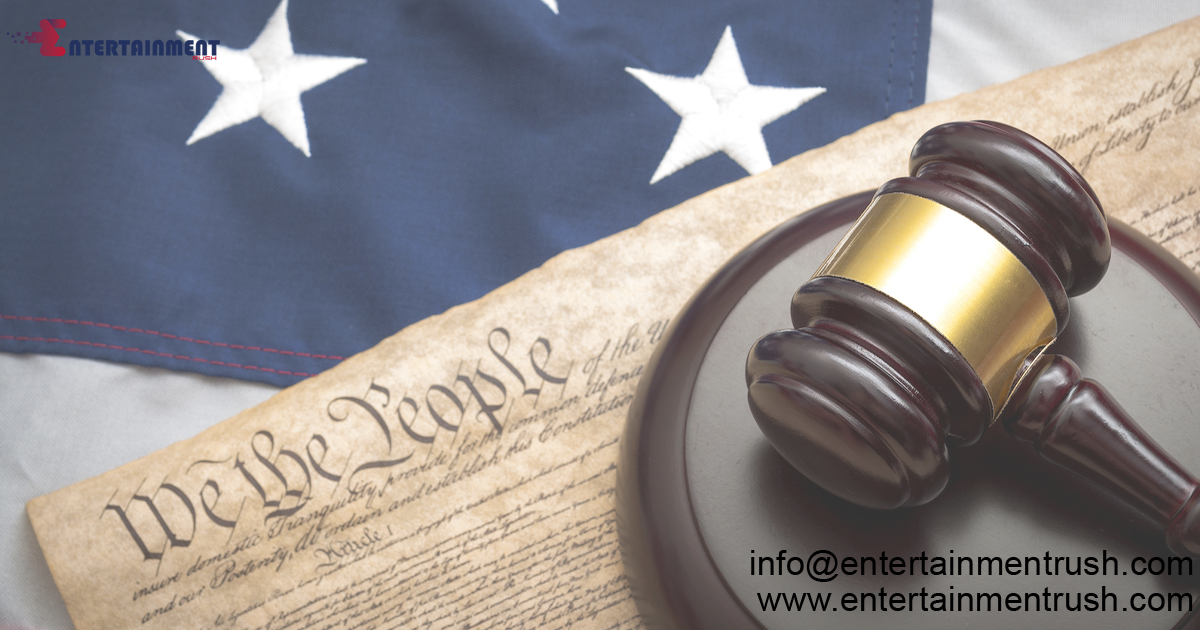The Supreme Court of the United States holds a unique and influential position within the nation’s legal system. Comprised of nine justices nominated by the President and confirmed by the Senate, the Court has the authority to interpret the Constitution, review laws, and make decisions that shape the legal landscape of the country. This blog explores the significant impact and influence of the Supreme Court on American law, highlighting key aspects of its role, notable decisions, and the dynamics of judicial influence.
Role of the Supreme Court
The primary role of the Supreme Court is to ensure the uniform interpretation and application of federal law, including the Constitution. The Court’s decisions have far-reaching implications for individual rights, governmental powers, and societal norms. By issuing rulings on cases that raise significant legal questions, the Supreme Court clarifies legal principles and establishes precedents that lower courts must follow.
Judicial Review and Precedent
One of the most consequential powers of the Supreme Court is judicial review, the authority to declare laws or executive actions unconstitutional. This power, established in the landmark case of Marbury v. Madison (1803), enables the Court to invalidate laws that conflict with the Constitution. Moreover, Supreme Court decisions serve as binding precedents for future cases, shaping the development of American jurisprudence and guiding lower courts in their decision-making.
Notable Decisions and Legal Milestones
Throughout its history, the Supreme Court has issued landmark decisions that have profoundly influenced American law:
Brown v. Board of Education (1954):
The Court’s ruling that racial segregation in public schools is unconstitutional marked a pivotal moment in the civil rights movement and led to desegregation efforts nationwide.
Roe v. Wade (1973):
In this case, the Court recognized a woman’s constitutional right to privacy in making decisions about abortion, establishing legal precedent on reproductive rights.
Obergefell v. Hodges (2015):
The Court’s decision legalized same-sex marriage nationwide, affirming the constitutional right to marriage equality.
Citizens United v. FEC (2010):
This ruling held that corporate funding of independent political broadcasts in elections cannot be limited under the First Amendment, impacting campaign finance regulations.
Dynamics of Judicial Influence
The Supreme Court’s influence extends beyond its formal rulings, shaping public policy debates, political discourse, and societal attitudes. The Court’s composition, ideologies of justices, and interpretive approaches can impact the direction of legal doctrines and constitutional interpretation. Moreover, the nomination and confirmation process for Supreme Court justices often spark contentious political debates and reflect broader ideological divisions within society.
Checks and Balances
As part of the federal government’s system of checks and balances, the Supreme Court acts as a check on legislative and executive actions. The Court’s ability to strike down laws and executive orders that violate the Constitution serves as a crucial safeguard against governmental overreach and ensures adherence to constitutional principles.
Evolution of Legal Interpretation
Over time, the Supreme Court’s interpretation of the Constitution has evolved, reflecting changing societal norms and values. Concepts such as equal protection, due process, and individual rights have been redefined and expanded through judicial interpretation, responding to shifting cultural and political landscapes.
Challenges and Controversies
The Supreme Court’s role in American law is not without controversy and challenges:
Partisan Polarization:
Supreme Court appointments and decisions are increasingly viewed through a partisan lens, fueling debates over judicial activism versus restraint.
Public Trust:
The legitimacy and authority of the Court depend on public trust in its impartiality and independence from political influence.
Interpretive Debates:
Different schools of judicial thought, such as originalism and living constitutionalism, shape debates over how the Constitution should be interpreted and applied. the Supreme Court of the United States exerts significant impact and influence on American law through its role in interpreting the Constitution and adjudicating legal disputes. The Court’s decisions set legal precedents, define constitutional principles, and shape the trajectory of legal doctrines. Understanding the dynamics of the Supreme Court’s influence is essential for comprehending the broader implications of judicial decisions on governance, rights, and democracy in the United States. As the legal landscape continues to evolve, the Supreme Court remains a cornerstone of the nation’s constitutional framework, balancing principles of justice, equality, and the rule of law.




Leave feedback about this